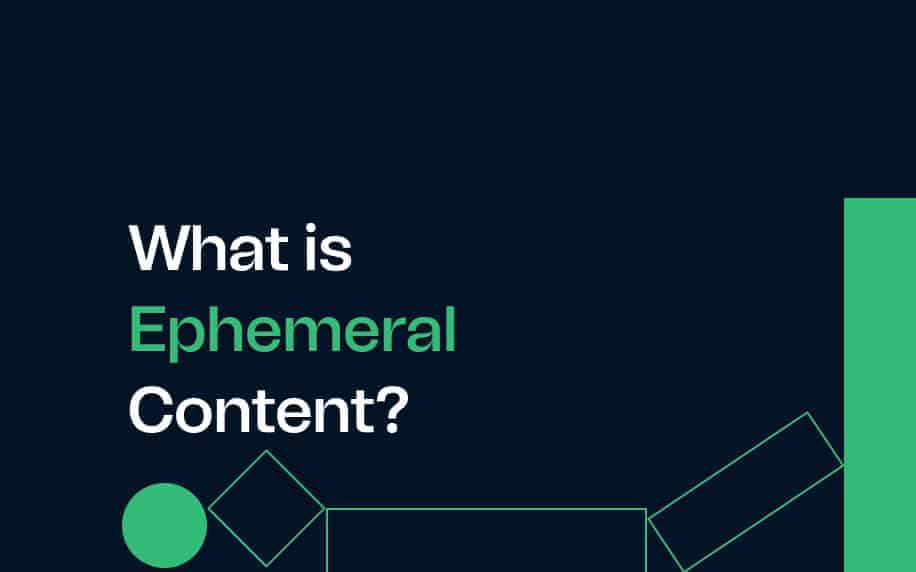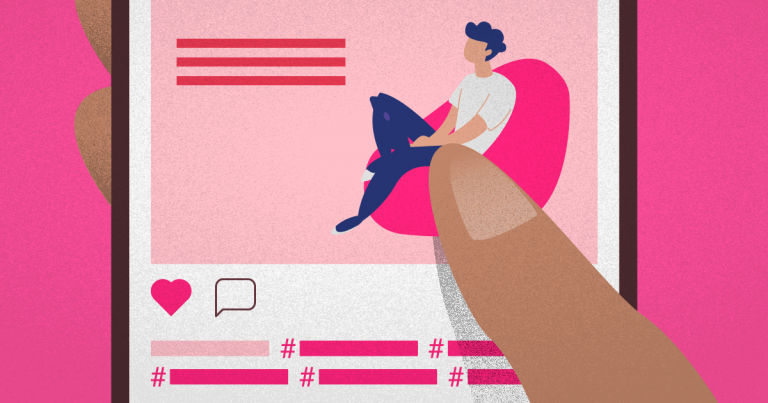
But ephemeral content means your job is never done. This kind of content you can create and then walk away from. A seismic shiftĮphemeral content is pretty much the opposite of the marketing manager’s much-loved evergreen content – the content on your website that’s eternally relevant, perpetually in demand by your customers and, ideally, never needs updating. The classic clothing and accessories brand saw strong click-through rates with a low cost per click.Įphemeral content has also worked well for many fashion brands, including Everlane and Burberry, as the fast-format seems to mesh well with the fast-moving world of fashion. Lacoste got a highly cost-effective result when they experimented with a new carousel ad format in Instagram Stories. It certainly seems to be working for some brands who are using the format.

RELATED: The Surprising Trends Behind Sales from Social Media Platforms The content format soon spread to Instagram, through the popular Stories feature on that platform, with Facebook and WhatsApp now offering a similar option.

Since 2016, when the format was popularised by Snapchat, the creation and consumption of ephemeral content have grown by over 800%. What’s very clear is that there’s been a huge rise in both the generation and consumption of ephemeral content. Blink and you’ll miss it – quite literally.Ĭreating ephemeral content is of the many ways businesses are reaching consumers in order to stand out from their competitors. There’s also a lot to be said for audiences feeling more in control of their feeds – Snapchat users choose to open each piece of content they engage with, rather than passively consuming a feed of posts as they do on Twitter or Facebook.Īs far as brands are concerned, the fact that audiences know ephemeral content can only be viewed once seems to inspire greater focus. Because your photos and videos are only available for a short while, this increases their perceived value and increases the need to view them immediately. Fear of missing out, also known as FOMO, seems to be a major contributing factor to the popularity of this type of content. It’s hard to say why this content format is so successful. But because it’s an increasingly popular content format for users of these platforms brands are inevitably getting in on the act. It sounds completely unorthodox – especially because most brands will have to invest serious sums into creating content. Snapchat, Instagram and Facebook are now offering a new genre of content that exists only very briefly and can be viewed only once.

Yet that’s exactly what marketers are now being advised to do on social media platforms. It’s like trying to sell bubbles – a hard concept to pitch at board level. How’s this for a business proposition create something that exists only for a moment, with a lifespan shorter than a mayfly, that can only be consumed once.


 0 kommentar(er)
0 kommentar(er)
